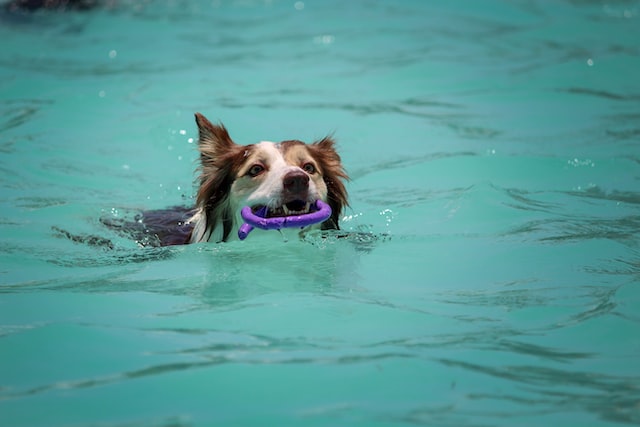
How Pets Get Out of the Water Quickly
Dogs have a very clever way of getting out of the water. They close their jaws to catch water and use a flotation device to stay afloat. The problem with this method is that it can cause hypothermia. Dogs can also get trapped in sand or mud. Not all dogs can jump into a pool or climb steps to get out. Make sure to help your dog through the dog swim ladder, especially if your pool has only steps and ladders. Dogs will find it much easier to enter and exit a pool with a beach or shelf entry. Ensure the pool cover you’re using is a safety cover, not a floating one.
Dogs Have a Clever Way of Getting Out of the Water
Dogs have a clever way of quickly getting up and out of the water. They use their tongues to scoop up water with four times the force of gravity. They then close their jaws before swallowing. While this method may seem messy, the result is a clean, efficient drink.
Dogs have an instinct to swim, but not all have this ability. Therefore, when you first introduce your puppy to the water, it is a good idea to test his swimming ability in shallow water. You can also get in the water with him and show him how to swim. Once he has acclimated to the water, try paddling with his front legs. You can also lift his hind legs to show him how to float.
They Have Flotation Devices to Keep Them Afloat
Flotation devices are designed to keep your pet afloat when they are in the water. Some are for boating, and others are for keeping your pet afloat on the beach. These devices cover your pet’s entire body and have a sturdy handle for your dog to grab onto. If you’re planning a family vacation or a day trip to the beach, consider getting a life jacket for your pup. This will keep him safe in the event of a mishap, and you can rescue him quickly if he gets stuck in the water.
Dogs are particularly susceptible to drowning if they get into the water. Although most dogs are naturally buoyant, some breeds struggle to swim and may need flotation devices to stay afloat. In addition, their body shape, health issues, and body fat make them less buoyant. Some breeds are particularly prone to drowning, so they should be trained to be strong swimmers in a pool or other water-safe environment.
They Can Get Hypothermia if the Water Temperature Isn’t Too Cold
Although the water temperature may not be too cold, pets can become hypothermic if they stay in it for an extended period. An abnormally low body temperature causes hypothermia and is especially dangerous for small animals and newborn pets. Fortunately, there are treatments for hypothermia in pets. A veterinarian can determine the exact symptoms and help you determine the proper treatment.
If you think your pet has hypothermia, immediately take him to the veterinarian. Depending on the temperature, a veterinarian may prescribe a specific treatment or recommend further testing to diagnose the condition. A dog or cat’s body temperature should be between 99.8 and 102.5 degrees Fahrenheit, but if it is below these levels, it may indicate hypothermia.
Hypothermia can occur in large and small dogs, but even small dogs can suffer. This condition occurs when a dog gets wet from swimming and has a lower body temperature than it is used to. It can also happen if your dog has circulatory problems or was given anesthesia during surgery. Smaller dogs and puppies are at greater risk of developing hypothermia because their bodies cannot regulate their body temperature as effectively as larger dogs.
